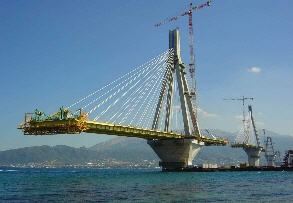
|
Bridges are masterpieces of civil engineering. Impressive and equally esthetic they connect shores and people, accelerate merchandise traffic and make journeys more comfortable. Yet much remains hidden - as the foundations in the sea floor and the concrete pillars under water, as high as a steeple and resisting extreme weather and earthquakes. |
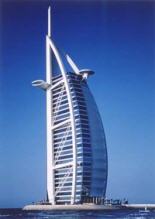
|
Buildings which literally grow into the sky. Daring, almost wanton they are statues beyond straight utility. The Burj el Arab, built on a man-made island and with foundations deep in the sea floor is only one characteristic example. Of course, the major building materials used are sand, gravel, concrete and glass. |

|
Regenerative Energy Offshore windmills require safe foundations in the sea ground as well as strong and resistant columns. A great challenge for marine engineering and underwater concrete. more....... [880 KB] |
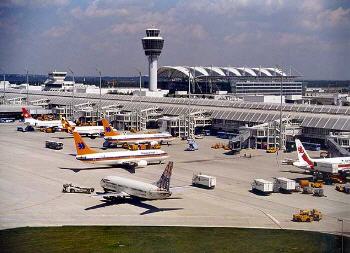
|
Airports are, as train stations and harbours, hubs for national and global travel and merchandise traffic. They are of vital and constantly growing importance. Concrete and glass for the buildings and concrete for the traffic areas and runways are the major product they are built with. |
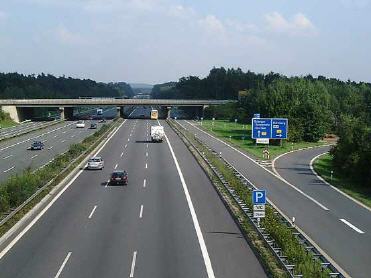
|
Streets are the arteries of modern states. They make fast, safe, comfortable and cost efficient travelling of people and transport of merchandise possible. They are made of sand, gravel, concrete and asphalt. |
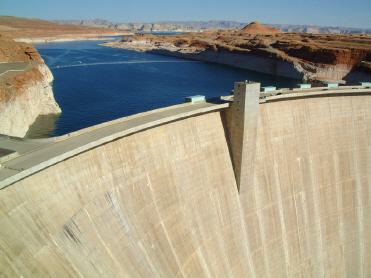
|
Water management is important for a steady supply of both, energy and water. Huge dams protect against flood, store water and supply electric power. They are built with concrete. For maintenance frequent removal of silt is required and often aeration is necessary to maintain the water quality. For both, Pressair offers appropriate equipment. |
This site does not use cookies!